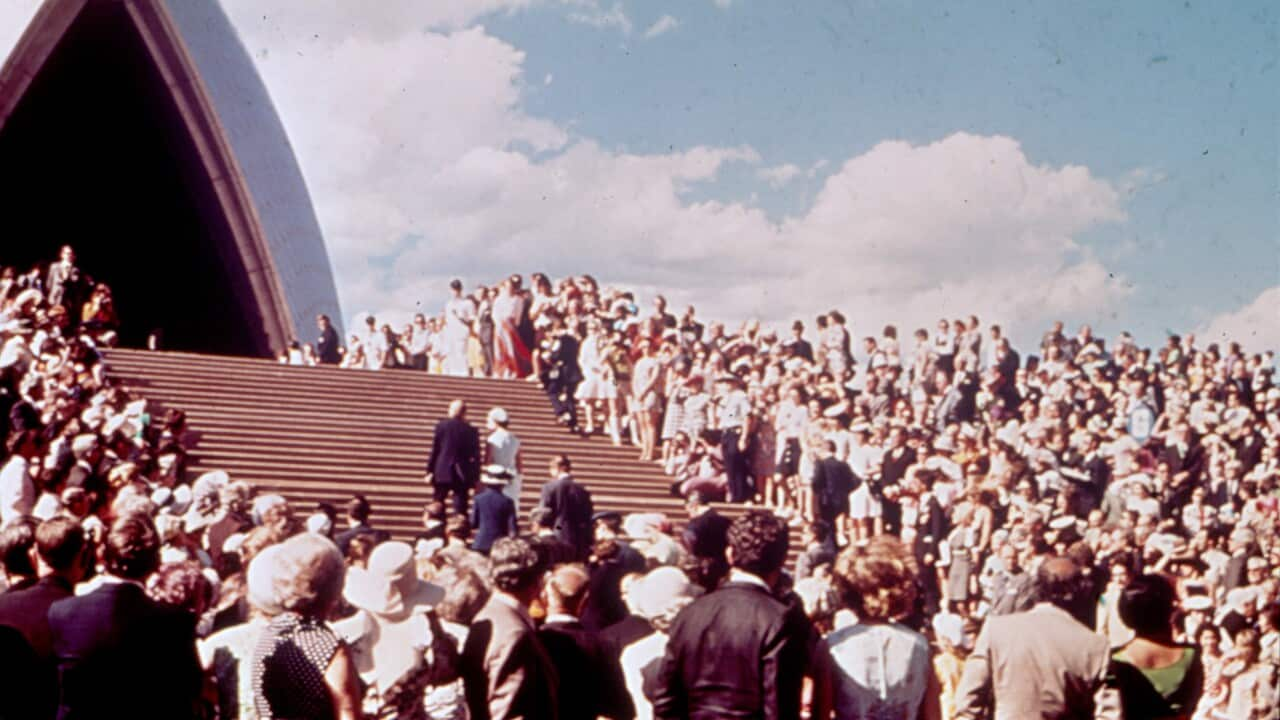Key points
- From October this year to March 2024, it is estimated that over 100,000 tourists will visit Antarctica.
- Antarctic tourism has been experiencing a resurgence after COVID-19, with China being the fastest-growing source of tourists.
- The Antarctic tourism industry primarily relies on self-regulation. The effectiveness of regulatory measures has sparked controversy.
As summer arrives in the Southern Hemisphere, Antarctica is poised for a brief tourism surge.
According to the International Association of Antarctica Tour Operators (IAATO), it is projected that over 100,000 people will visit Antarctica this summer.
Can the frozen continent cope with the arrival of so many visitors? What kind of relationship should humanity maintain with Antarctica?
There are different views.
What is it like to travel to Antarctica?
Jianxi Cao, formerly the deputy station head of China's Antarctic research station, Kunlun Station, with four expeditions to Antarctica, is now involved in polar tourism in Australia.
He told SBS Chinese that there were two main ways to travel to Antarctica. Firstly, tourists can choose to travel by cruise to the Antarctic waters, completing their entire journey on the ship.
On the other hand, some travellers, prefer to set foot on the continent, where they can embark on rubber boat tours for sightseeing and engaging in activities such as kayaking, diving and camping.
The duration of Antarctic cruise tours typically ranges from 10 to 14 days, depending on the specific travel plan.

Before transferring to the tourism industry, Cao Jianxi travelled to Antarctica four times for scientific research. Credit: Jianxi Cao
“For the next two days, you are on the sea, crossing the Drake Passage. By the fourth day, you will wake to the sight of Antarctic glaciers."
He added that the ship would remain in Antarctica for a duration of four to seven days, with daily stops at different locations. This is when visitors can get off the cruise and go sightseeing.
In September 2022, the signatory countries of the Antarctic Treaty passed a non-binding resolution opposing the establishment of permanent tourism facilities in Antarctica. This explains why there are no hotels and restaurants on the continent.
“Regardless of the chosen travel package, tourists must eat, sleep, and use other services on the cruise ship,” Mr Cao said.
IAATO statistics reveal that ship-based tourism has been the predominant way of travelling to Antarctica over the past 31 years, while 98 per cent of tourists head to this icy continent during the seven-month austral summer. Most tourists depart from Ushuaia, Argentina, while a few set out from other port cities located to the north of the Antarctic Treaty area.
According to the IAATO, between 2021 and 2022, there were a total of 236 voyages to Antarctica, bringing approximately 23,000 visitors.

IAATO data shows a rapid increase in the number of Chinese tourists visiting Antarctica before the pandemic. Credit: Jianxi Cao
Throughout her doctoral studies, she worked as a polar guide, providing tourists with insights into Antarctic knowledge while on board, which is often part of the Antarctic expeditions.

During her doctoral studies, Dr Chen Zhao worked as an Antarctic guide. Credit: Dr Chen Zhao
“When you finally lay eyes on Antarctica for the first time, it’s like knowing someone for a long time but never having seen them. Yet, when that day arrives, it remains unfamiliar due to its sheer beauty, instilling you with a profound sense of awe for the wonders of nature,” Dr Zhao said.
Who is visiting Antarctica?
Mr Cao told SBS Chinese that in recent years, he had witnessed a rapid increase in the numbers of tourists visiting Antarctica.
Data from the IAATO indicates that between 1992 and 2020, the number of tourists increased tenfold and continues to rise. However, in the year 2020 to 2021, only two vessels arrived at the continent, bringing a total of 15 visitors due to the COVID-19 pandemic.
Antarctica tourism saw a rebound last year, but it still lagged significantly behind pre-pandemic levels.

Top 10 passenger nationalities travelling with IAATO operators between 2012 to 2021. Credit: IAATO
For Chinese tourists, there were probably fewer than 100 people annually a decade ago. However, as I entered the industry, the number surged to nearly 10,000 visitors per year, marking a hundredfold increase.Jianxi Cao
IAATO’s data illustrates this trend. Over the past decade, the top 10 countries visiting Antarctica have remained relatively stable, with the United States, China and Australia being the three major sources of Antarctic tourists.
Among all countries, tourists from China saw the fastest growth prior to the pandemic. In the 2018-2019 season, a total of 8,149 Chinese tourists visited Antarctica, marking a tenfold increase compared to the year 2010 to 2011.
In the 2022-2023 season, more than half of the tourists, specifically 54,415, came from the United States, with the United Kingdom (7,585) and Australia (7,571) following as the next significant sources.
Is Antarctic tourism subject to regulation?
Antarctica is not under the sovereignty of any nation, which means that the regulation of Antarctic tourism cannot be managed by a single country and necessitates a significant degree of self-regulation.
Joined by over 100 members, the IAATO plays a crucial role in regulating and overseeing tourism activities in Antarctica.
The organisation stipulates that all are obligated to comply with international agreements and protocols, including the Antarctic Treaty and the Protocol on Environmental Protection to the Antarctic Treaty.

In Antarctica, tourists can land on the continent by rubber boat. Credit: Jianxi Cao
On the other hand, Mr Cao explains that due to the increasing influence of the IAATO, tourists are “more willing to purchase cruise tickets from IAATO members”.
The organisation has laid out a set of guidelines for tour operators, encompassing various aspects such as the quantity and conduct of landing personnel, the staff-to-passenger ratio, safety protocols, and more.
Although IAATO employs some methods to manage the influx of visitors, there is no set annual cap on the quantity of Antarctic tourists.

IAATO data shows that the majority of visitors will arrive in Antarctica by ship. Credit: Jianxi Cao
“For ships with more than 500 people, landing is not permitted. For those with fewer than 500 passengers, it's allowed but in smaller groups. In some places, only 60 people are allowed to land at a time."
It is cruise companies who convey these regulations to visitors. Mr Cao explained that guidelines, such as using vacuum cleaners to prevent the introduction of foreign species and maintaining a minimum distance of five metres from penguins, are set by the IAATO.
Is Antarctic tourism sustainable?
According to, apart from penguins, Antarctica is home to over 1,100 species.
Whilst the 1991 Protocol on Environmental Protection to the Antarctic Treaty lays out a regulatory framework, the research suggests that the high level of ecological protection only applies to specific areas and cannot fully safeguard Antarctica from the risks posed by human activities.
It is not hard to understand that Antarctic tourism is inherently controversial.
Dr Zhao told SBS Chinese that when she came across news about the deaths of thousands of emperor penguin chicks due to glacier melting, it prompted her to think from a professional perspective.
“On the one hand, I feel that Antarctica is pure tranquillity and shouldn't be disturbed by human beings. But on the other hand, I hope that more people come here to see what happened here – glaciers are collapsing, ice is melting – so that more actions can be taken,” she said.
I don't want my children to miss the beauty of Antarctica in the future.Dr Chen Zhao
Experiencing the transition from an Antarctic researcher to a player in the tourism industry, Mr Cao said that despite the need for ongoing collaborative efforts, the future of Antarctic tourism looked promising.

Jianxi Cao says he believes that responsible Antarctic tourism can raise people's awareness of the need to protect the continent. Credit: Jianxi Cao
"By sharing these experiences through social media and with those around them, they can become ambassadors, which is more effective than just lecturing."


